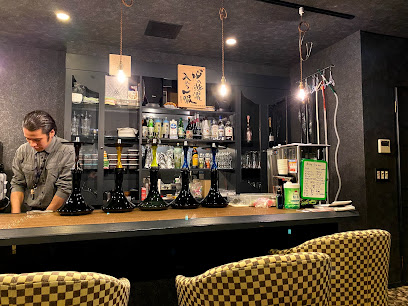
Kinpusen-ji: A Sacred Journey Through Time
Discover the spiritual heart of Japan at Kinpusen-ji, a breathtaking Buddhist temple in the Yoshino mountains, rich with history and natural beauty.
Nestled in the serene mountains of Yoshino, Kinpusen-ji is a stunning Buddhist temple that offers visitors a glimpse into Japan's spiritual heritage. With its beautifully preserved architecture and tranquil gardens, this UNESCO World Heritage site beckons travelers to explore its rich history and breathtaking natural surroundings.
A brief summary to Kinpusen-ji
- 2498 Yoshinoyama, Yoshino, Yoshinoyama, Yoshino District, Nara, 639-3115, JP
- +81746-32-8371
- Visit website
- Monday 8:30 am-4 pm
- Tuesday 8:30 am-4 pm
- Wednesday 8:30 am-4 pm
- Thursday 8:30 am-4 pm
- Friday 8:30 am-4 pm
- Saturday 8:30 am-4 pm
- Sunday 8:30 am-4 pm
Local tips
- Visit during cherry blossom season for a stunning view of the temple surrounded by blooming sakura.
- Wear comfortable shoes if you plan to hike up Kinpu mountain for the best panoramic views.
- Check the temple's schedule for traditional ceremonies or festivals to enhance your visit.
- Bring a camera; the temple's architecture and natural surroundings are incredibly photogenic.
- Respect the sacred atmosphere by keeping noise to a minimum and following any posted guidelines.
Getting There
-
Car
If you are traveling by car, you can take the Kinki Expressway (Kinki Expressway No. 2) and exit at the Yoshino IC. From there, follow the signs to Yoshinoyama, which will take approximately 20 minutes. Once you reach Yoshinoyama, look for parking options near the temple area. Note that parking may incur a fee of around 500 yen per day.
-
Train
For those using public transportation, take the Kintetsu Yoshino Line from Nara Station or Osaka Namba Station. The train ride takes approximately 1.5 to 2 hours depending on your starting point. Get off at Yoshino Station. From Yoshino Station, you can take a local bus or walk, as Kinpusen-ji is about a 30-minute walk uphill from the station. The bus fare is around 300 yen.
-
Bus
If you prefer to take a bus, there are local buses departing from Yoshino Station that go directly to Kinpusen-ji. The bus ride takes about 15 minutes and costs approximately 300 yen. Buses run regularly, but be sure to check the schedule ahead of time to avoid long waits.
Discover more about Kinpusen-ji
Iconic landmarks you can’t miss
Shukyohojinyakushiji
6.7 km
Experience serenity and cultural richness at Shukyohojinyakushiji Temple in Yoshino District, Nara, a must-visit for every traveler seeking spiritual connection.
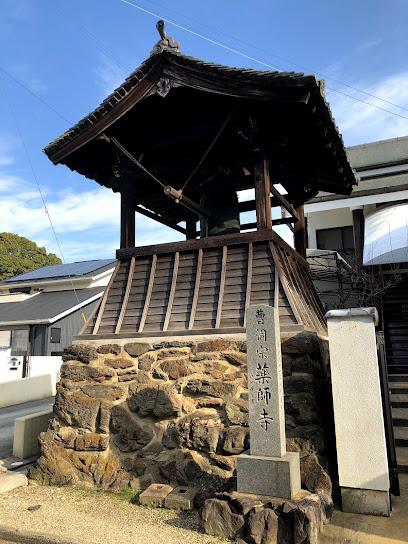
Menfudo Shonyudo
11.3 km
Experience the serene beauty and spiritual significance of Menfudo Shonyudo, a hidden gem nestled in the picturesque Tenkawa region of Nara.

Goyomatsu Limestone Cave Monorail
11.8 km
Discover the breathtaking beauty of the Goyomatsu Limestone Cave Monorail, an unforgettable journey through Tenkawa's stunning limestone landscapes.
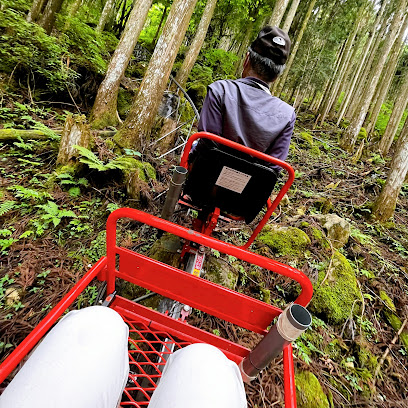
Uda-Matsuyama Castle Ruins
14.5 km
Explore Uda-Matsuyama Castle Ruins, a historic site in Nara offering stunning views, serene nature, and a glimpse into Japan's rich history.
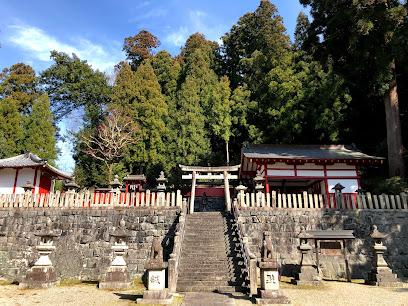
Mitaraikyoutsuri Bridge
14.9 km
Explore the breathtaking views and serene beauty of the Mitaraikyoutsuri Bridge in Kitozumi, a hidden gem of Nara, Japan.
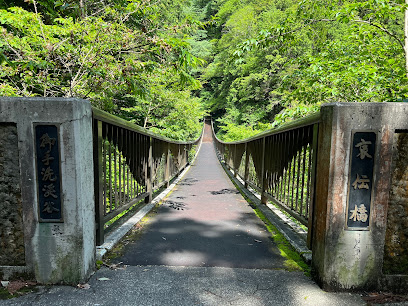
Fujiwara Palace Ruins
15.6 km
Discover the ancient echoes of Japan at the Fujiwara Palace Ruins, an archaeological gem revealing the splendor of the Fujiwara clan's imperial history.
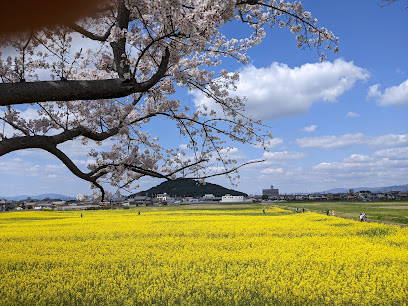
Mausoleum of Emperor Jimmu
15.7 km
Explore the timeless beauty and historical significance of the Mausoleum of Emperor Jimmu in Kashihara, Nara, a must-visit for cultural enthusiasts.
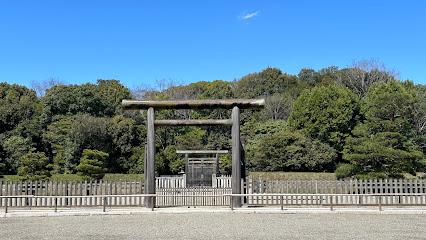
3-chōme-1-22 Imaichō
16.7 km
Explore the historical beauty of 3-chōme-1-22 Imaichō in Kashihara, Nara, where traditional architecture meets vibrant local culture.
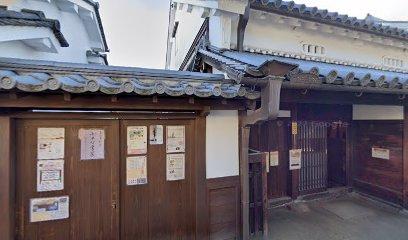
Kasuga Shrine
16.8 km
Experience the tranquility of Kasuga Shrine in Kashihara, a serene Shinto shrine surrounded by nature, steeped in history and spirituality.
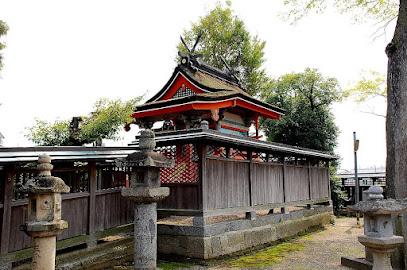
Yoshino Kumano National Park
27.9 km
Explore the breathtaking beauty and rich heritage of Yoshino Kumano National Park, a serene escape in Japan's lush landscapes and ancient trails.
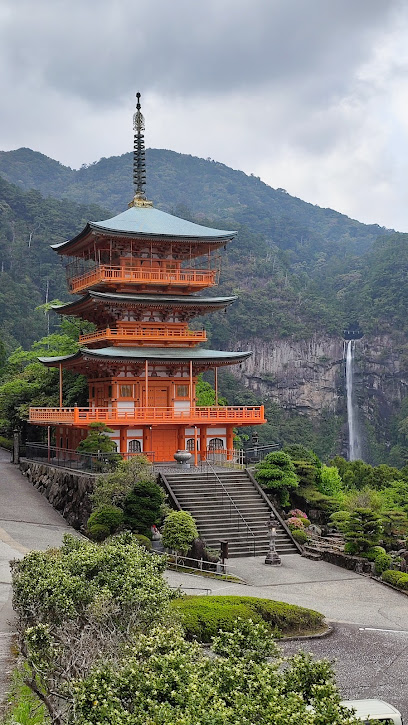
Horyu-ji
29.7 km
Discover the timeless beauty of Horyu-ji, a UNESCO World Heritage Site, showcasing ancient wooden architecture and rich Buddhist history in Nara, Japan.
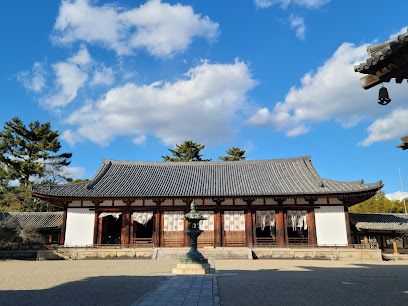
Nyonin-do Hall
30.4 km
Discover the spiritual essence of Koyasan at Nyonin-do Hall, a tranquil Buddhist temple welcoming visitors to explore its serene beauty and rich traditions.
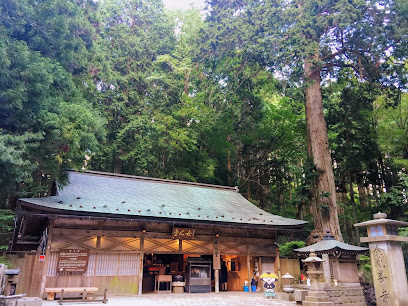
Kumano Kodo Kohechi Pilgrimage Route
30.5 km
Explore the breathtaking Kumano Kodo Kohechi Pilgrimage Route, a UNESCO World Heritage site, and immerse yourself in Japan's spiritual and natural beauty.
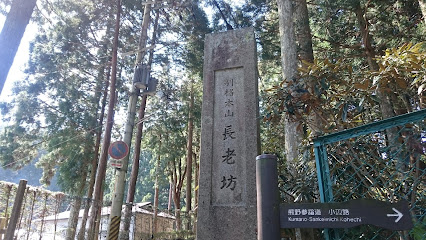
Daimon Gate
31.4 km
Explore the stunning Daimon Gate, a majestic Buddhist temple entrance in Koyasan, Japan, and experience the tranquility of this spiritual destination.
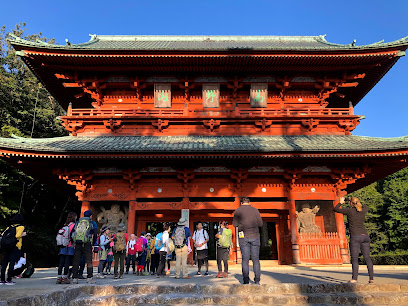
Koriyama Hachiman-Jinja Shrine
31.5 km
Explore the serene beauty of Koriyama Hachiman-Jinja Shrine, a historic Shinto shrine in Nara, Japan, offering peace, spirituality, and stunning architecture.

Unmissable attractions to see
Zaō-dō Hall, Kinpusen-ji Temple Hon-dō (Main Hall)
0.0 km
Explore the spiritual serenity and architectural splendor of Zaō-dō Hall at Kinpusen-ji Temple in Yoshinoyama, a UNESCO World Heritage site.
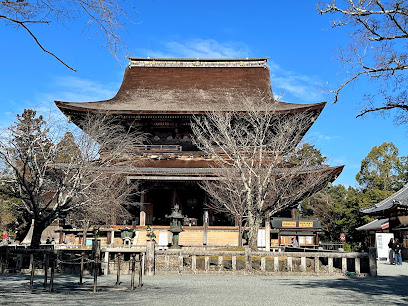
Niō-mon Gate, Kinpusen-ji Temple
0.1 km
Explore the spiritual heart of Japan at Niō-mon Gate, Kinpusen-ji Temple, surrounded by breathtaking natural beauty and rich cultural history.
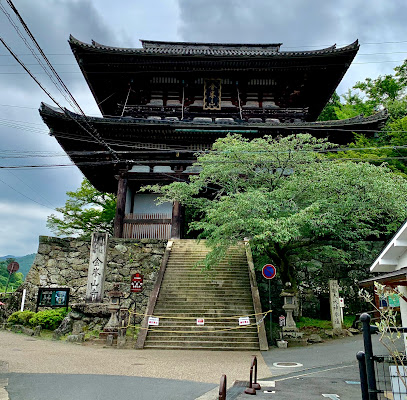
Yoshimizu Shrine
0.3 km
Explore the beauty and tranquility of Yoshimizu Shrine, a must-visit Shinto shrine in Yoshinoyama, Nara, surrounded by stunning natural landscapes.
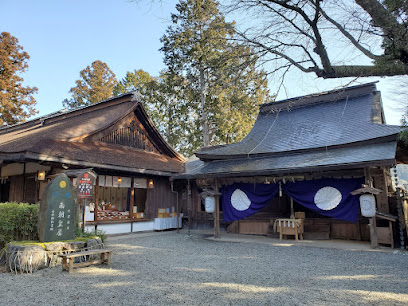
Kimpusen-ji Notenokami Ryuo-in
0.3 km
Discover the spiritual heart of Japan at Kimpusen-ji Notenokami Ryuo-in, a serene Buddhist temple in the breathtaking Yoshino mountains.
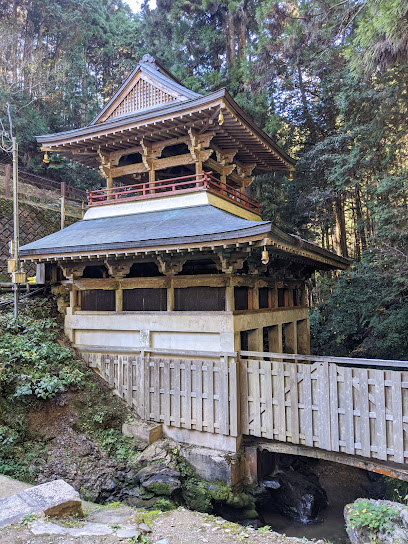
Tōnan-in Temple
0.4 km
Explore Tōnan-in Temple in Yoshino, a serene Buddhist haven rich in history and surrounded by stunning natural landscapes.
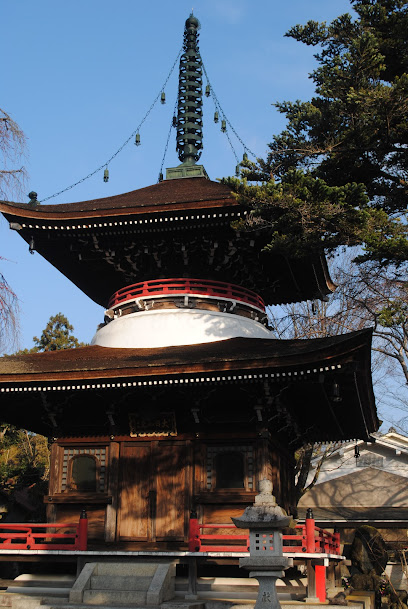
Kuro-mon Gate, Kinpusen-ji Temple
0.4 km
Experience the serene beauty and rich history of Kuro-mon Gate, a key landmark of Kinpusen-ji Temple nestled in the tranquil Yoshinoyama mountains.
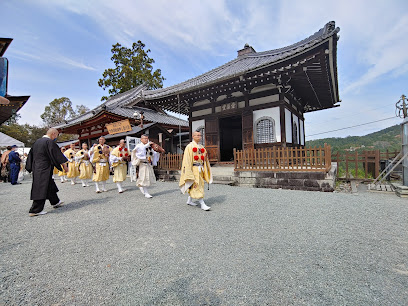
Naka-senbon
0.8 km
Discover the breathtaking beauty of Naka-senbon, a cherry blossom paradise in Yoshinoyama, where nature meets cultural heritage in Japan.
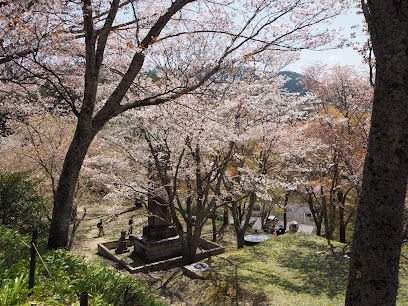
Nyoirin-ji
1.0 km
Experience the tranquility of Nyoirin-ji Temple, a historic Buddhist site surrounded by the breathtaking beauty of Yoshinoyama's nature.
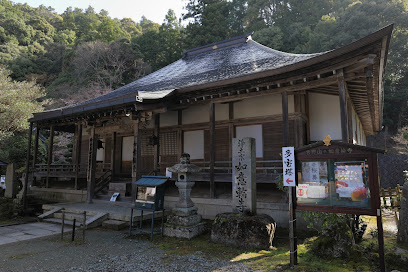
Koyama Shrine
1.0 km
Discover tranquility and tradition at Koyama Shrine in Yoshinoyama, a serene Shinto shrine surrounded by stunning natural beauty in Nara, Japan.
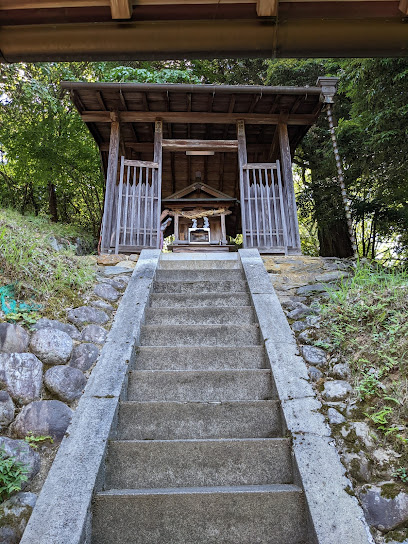
Kami-senbon
1.7 km
Experience the breathtaking beauty of cherry blossoms at Kami-senbon, a scenic spot in Yoshino, Japan, renowned for its cultural heritage and natural splendor.
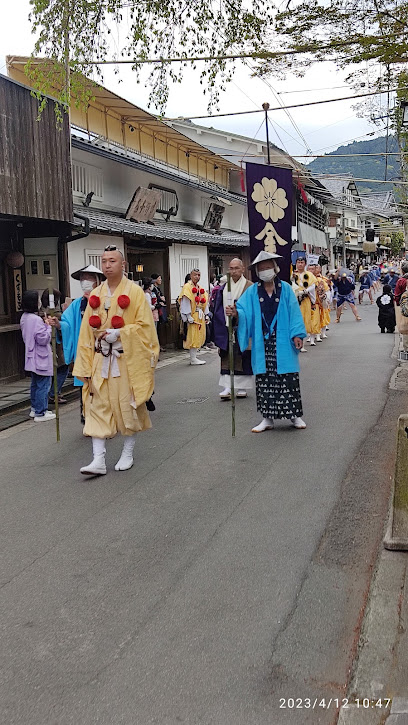
Mount Yoshino
1.7 km
Discover the beauty of Mount Yoshino, a UNESCO World Heritage site known for its stunning cherry blossoms and rich cultural heritage.
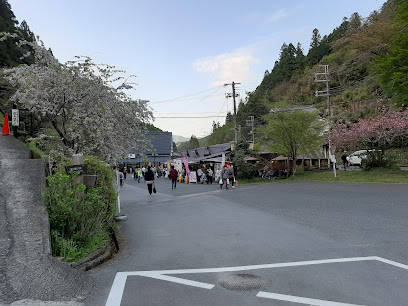
Hanayagura observation point
1.9 km
Discover stunning panoramic views and serene landscapes at Hanayagura Observation Point, a must-see destination in Yoshinoyama, Nara.

Yoshino Mikumari Jinja
2.1 km
Discover the spiritual essence and breathtaking beauty of Yoshino Mikumari Jinja, a cherished Shinto shrine in the heart of Nara's Yoshinoyama region.
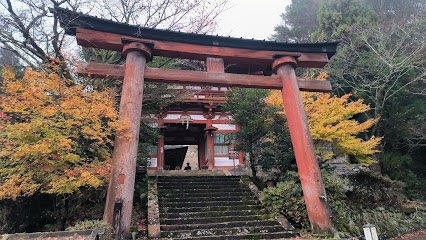
Yoshino Jingu
2.2 km
Explore the serene beauty and spiritual heritage of Yoshino Jingu, a captivating Shinto shrine nestled in the heart of Japan's picturesque Yoshino district.
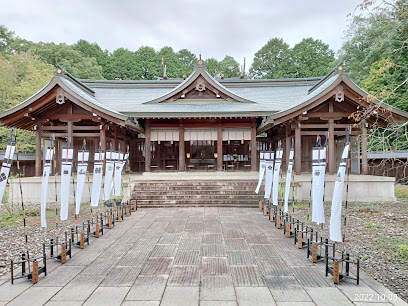
Takagiyama
2.7 km
Explore Takagiyama, a breathtaking mountain peak in Yoshino, Nara, where nature meets culture in stunning landscapes and serene hiking trails.
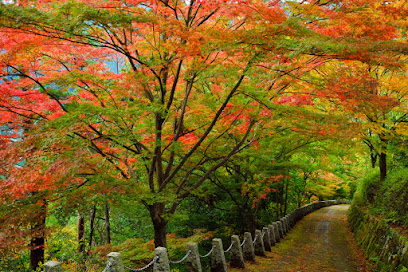
Essential places to dine
Kiyosuminosato Awa
29.4 km
Discover authentic Japanese cuisine at Kiyosuminosato Awa in Nara, where tradition meets taste in a serene setting.
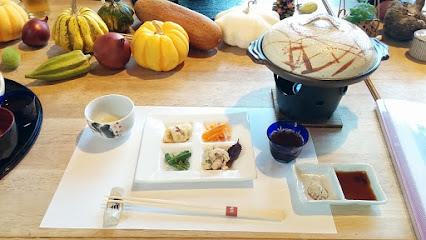
Tsukumo
34.3 km
Discover Tsukumo: An exquisite Kaiseki restaurant in Nara offering seasonal dishes that celebrate Japan's culinary traditions.
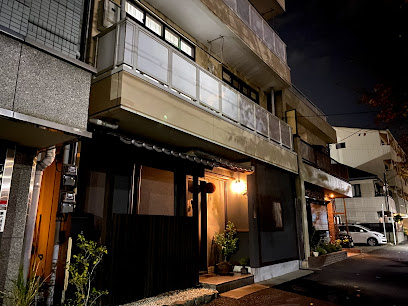
Sankoen
34.5 km
Discover Sankoen in Nara - where traditional Japanese cuisine meets modern creativity for an unforgettable dining experience.
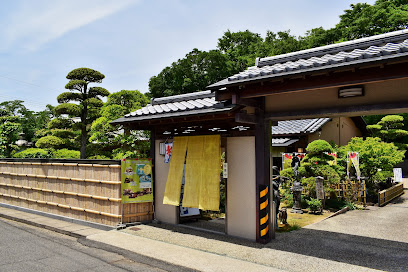
RAhOTSU
34.5 km
Discover authentic Thai flavors at RAhOTSU in Nara - a culinary gem offering exquisite dishes in a vibrant atmosphere.

はり新
34.5 km
Discover authentic Japanese cuisine at はり新 in Nara - where tradition meets flavor in every dish.
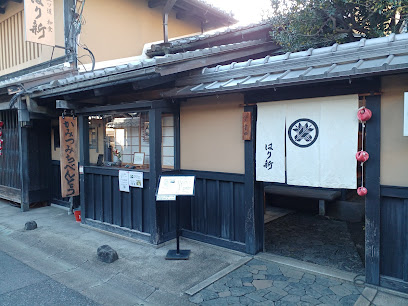
Vegan Cafe Ramuna
34.5 km
Discover the vibrant flavors of plant-based cuisine at Vegan Cafe Ramuna in Nara - a haven for health-conscious food lovers.
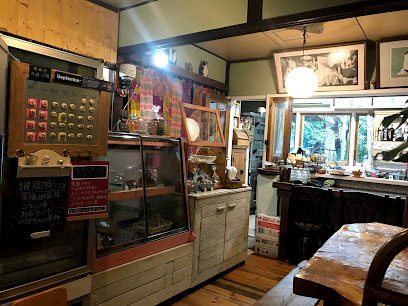
Ashibinosato
34.5 km
Discover authentic Japanese cuisine and vibrant culture at Ashibinosato in Nara – where food meets community in an unforgettable experience.
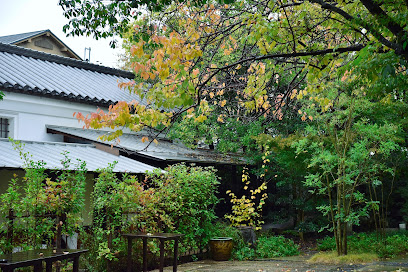
Naramachi Hiyori
34.5 km
Discover the art of Kyoto-style dining at Naramachi Hiyori—where tradition meets creativity in every delicious bite.
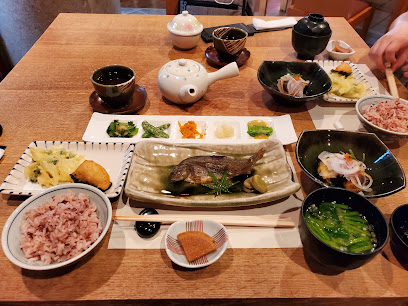
Kinatei
34.6 km
Experience the best of vegetarian dining at Kinatei in Nara, where organic ingredients meet flavorful creativity for every health-conscious traveler.
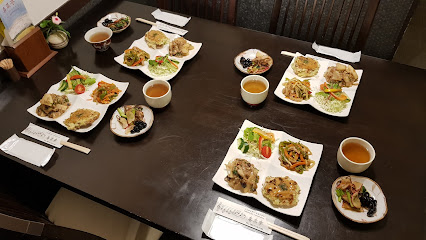
Awa Naramachi
34.6 km
Experience authentic Japanese cuisine at Awa Naramachi in Nara - where tradition meets taste.
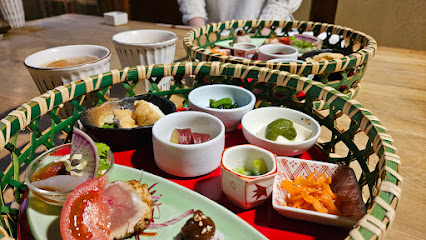
Edogawa - Naramachi
34.6 km
Experience authentic Japanese cuisine at Edogawa - Naramachi in historic Nara, featuring expertly grilled unagi and traditional delicacies.

滴翠
34.6 km
Experience the essence of authentic Japanese cuisine at 滴翠 in Nara - where tradition meets taste.
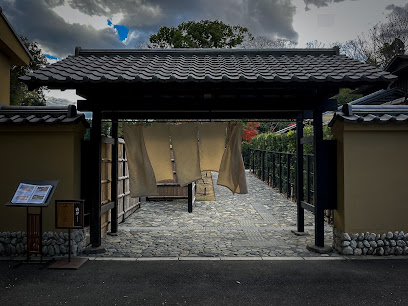
Okonomiyaki Parco
34.7 km
Discover authentic Japanese flavors at Okonomiyaki Parco in Nara - where delicious okonomiyaki meets vibrant dining culture.

onwa
34.7 km
Experience the best of plant-based cuisine at Onwa in Nara – where every bite is crafted with love and care.
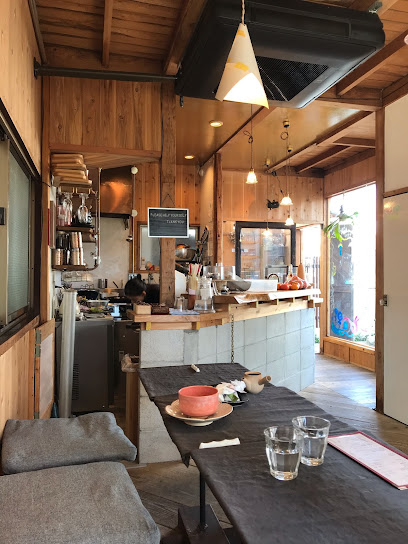
Main Dining Room 'Mikasa'
34.7 km
Experience exquisite French cuisine at Nara's Main Dining Room 'Mikasa', where tradition meets innovation in every dish.

Markets, malls and hidden boutiques
Coffee Sanpo
12.0 km
Discover the tranquility of Coffee Sanpo in Asuka, where exceptional brews meet breathtaking countryside views.
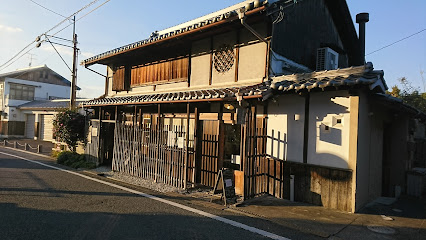
Aeon Mall Kashihara
17.6 km
Discover unparalleled shopping and dining at Aeon Mall Kashihara in Nara, Japan, where tradition meets modern retail and entertainment.
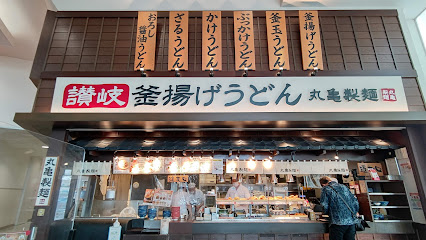
Tenri Hondori Shopping Street
25.8 km
Discover the cultural heartbeat of Tenri at Hondori Shopping Street with its vibrant shops and tantalizing street food, a must-visit for every traveler.

Secret Base JO-9, Cafe
27.5 km
Experience the serene charm of Secret Base JO-9 Café in Nara, where delicious coffee and a tranquil atmosphere await every visitor.
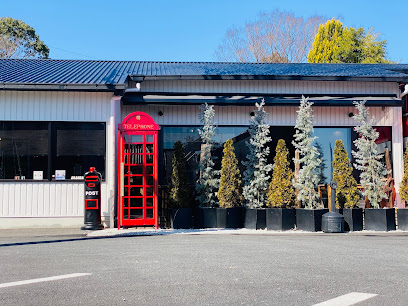
DAISO
28.0 km
Explore DAISO in Kawachinagano, Osaka – a treasure trove of affordable products and unique Japanese finds for every traveler.

Takano
30.4 km
Explore Takano Shopping Mall in Koya for a vibrant shopping experience infused with local culture and delicious cuisine.
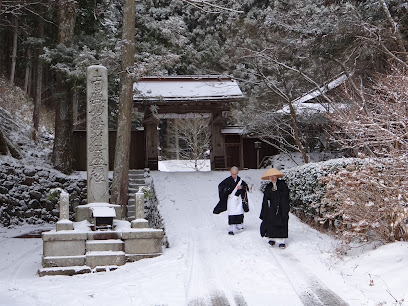
Ryohinkaikan Naraten
33.8 km
Explore Ryohinkaikan Naraten for unique kimonos, vintage finds, and sustainable shopping in the heart of Nara, Japan.
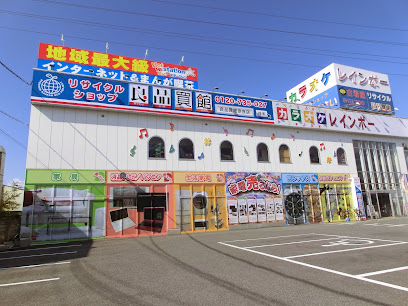
奈良専門オンラインショップ「ならわし」
34.3 km
Explore ならわし, Nara's premier gift shop, for unique local crafts and souvenirs that capture the spirit of Japan's rich heritage.
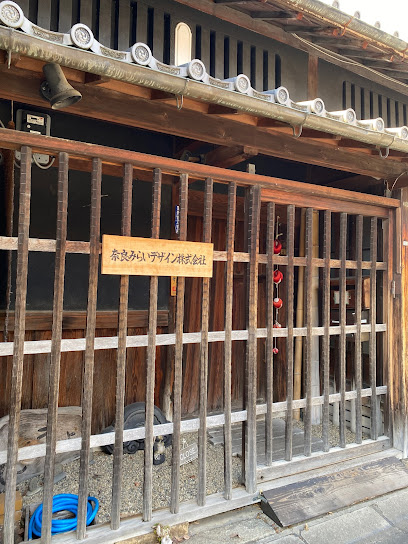
SHOP OF THE PAINTER OF NARA MACHI
34.6 km
Explore the vibrant artistry at the Shop of the Painter in Nara Machi, where tradition meets creativity in every handcrafted piece.

AEON TOWN Tomiominami
34.6 km
Explore AEON TOWN Tomiominami, Nara's premier shopping destination with diverse shops, dining options, and family-friendly entertainment.
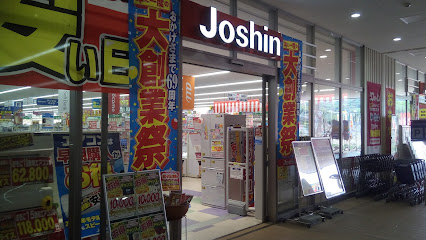
Shimomikado Shopping Street
34.7 km
Experience the perfect blend of tradition and modernity at Shimomikado Shopping Street, a vibrant destination in the heart of Nara, Japan.
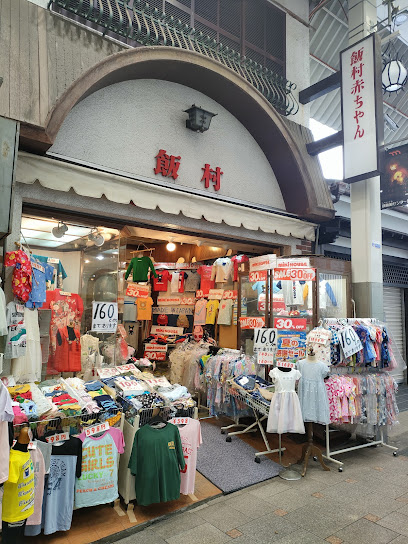
Network Gallery Nawrap
34.7 km
Explore the unique charm of Japanese home goods at Network Gallery Nawrap in Nara, a must-visit destination for tourists.
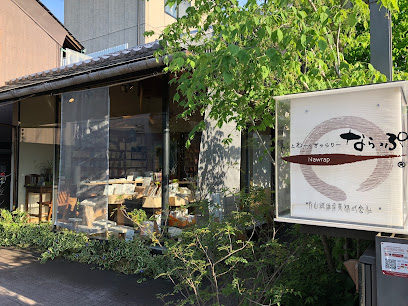
Ezuya
34.8 km
Explore Ezuya in Nara for authentic souvenirs and traditional crafts that embody the essence of Japanese culture.

Mochiido Center Town
34.8 km
Experience the essence of Nara at Mochiido Center Town, a vibrant shopping mall blending modern retail and traditional charm.

Spark
34.8 km
Discover unique home goods and furniture at Spark in Nara, where local craftsmanship meets modern design in an inviting shopping experience.

Essential bars & hidden hideouts
THE SAILING BAR
15.7 km
Experience Sakurai's vibrant nightlife at The Sailing Bar, where exquisite cuisine meets a charming nautical atmosphere.
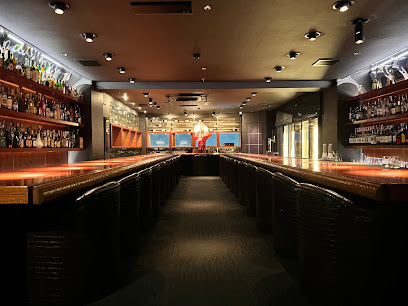
Bar Sally / Sally's Curry
32.5 km
Discover the unique blend of bar culture and authentic Japanese curry at Bar Sally in Yamatokoriyama, Nara, for an unforgettable dining experience.
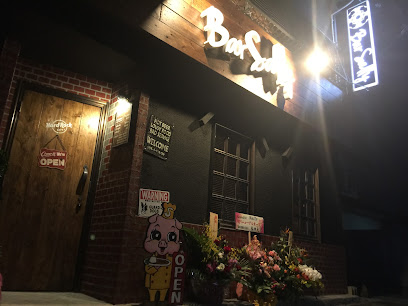
HAOH SURUGAMACHI
34.6 km
Discover the vibrant nightlife at HAOH SURUGAMACHI, Nara's premier bar and live music venue, where unforgettable experiences await.

blue note Naramachi
34.7 km
Discover the heart of Nara's jazz scene at Blue Note Naramachi, where live music and a relaxed atmosphere await every visitor.
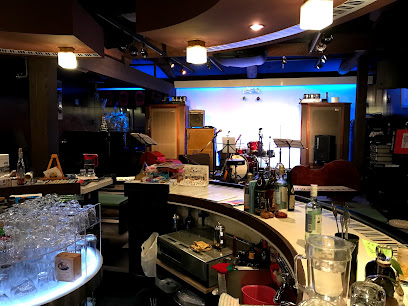
Salon des vins Sève
34.7 km
Discover the enchanting world of wines at Salon des Vins Sève, a cozy wine bar in Nara, Japan, perfect for relaxation and indulgence.
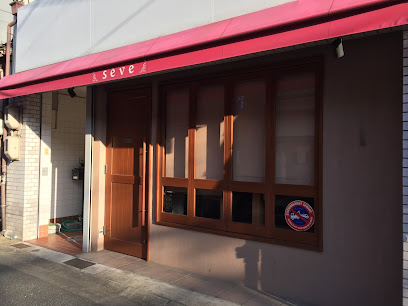
SK Music At Brazilian Bar
34.7 km
Discover the vibrant nightlife at SK Music at Brazilian Bar in Nara, where live music meets a cozy atmosphere for an unforgettable experience.

BAR315.nara
34.7 km
Discover BAR315.nara: Where Modern Vibes Meet Traditional Japanese Hospitality in the Heart of Nara.

M's Bar
34.8 km
Discover M's Bar in Nara for an unforgettable evening of crafted cocktails and cozy ambiance amidst Japan's rich cultural heritage.
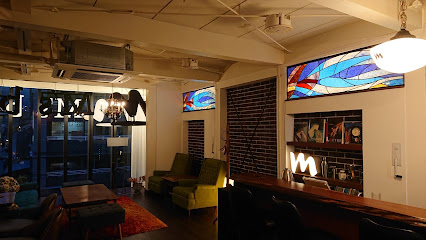
バー フィディック
34.8 km
Experience the vibrant nightlife of Nara at Bar Fiddich, where exceptional drinks and a cozy atmosphere await you.

Savant
34.8 km
Discover Savant, Nara's top bar, offering exquisite cocktails and a vibrant atmosphere that reflects the best of Japanese hospitality.
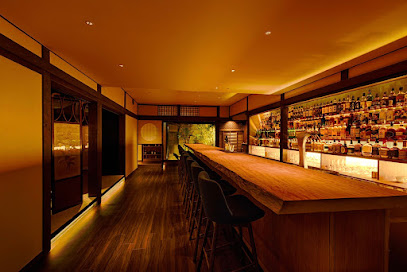
shishabar Re'bel
34.8 km
Discover the lively atmosphere and authentic Japanese barbecue at Shishabar Re'bel in Nara, a culinary gem for food enthusiasts.

Bar PIRATES
34.9 km
Discover the lively pirate-themed Bar PIRATES in Nara, where you can enjoy an extensive drink menu and vibrant nightlife in a unique atmosphere.
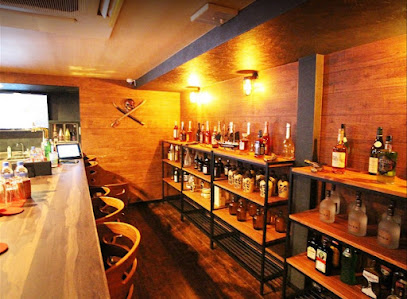
Music Bar Reciaffe
34.9 km
Discover the vibrant nightlife of Nara at Music Bar Reciaffe, where great music and a lively atmosphere await your arrival.

Light
34.9 km
Experience the lively atmosphere and local flavors at Light, a charming pub in the heart of Nara, Japan.
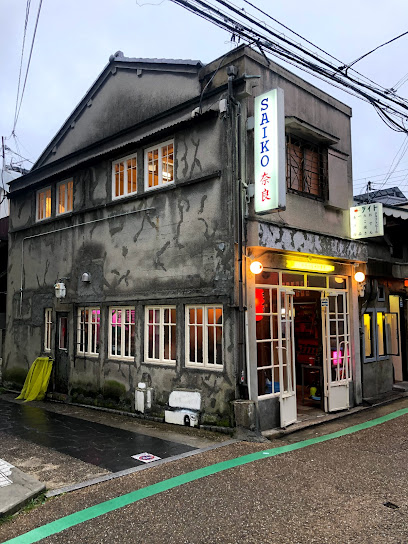
shisha&bar vanguard
35.0 km
Discover the vibrant nightlife of Nara at Vanguard Shisha & Bar, where exquisite shisha and cocktails meet a lively atmosphere.
